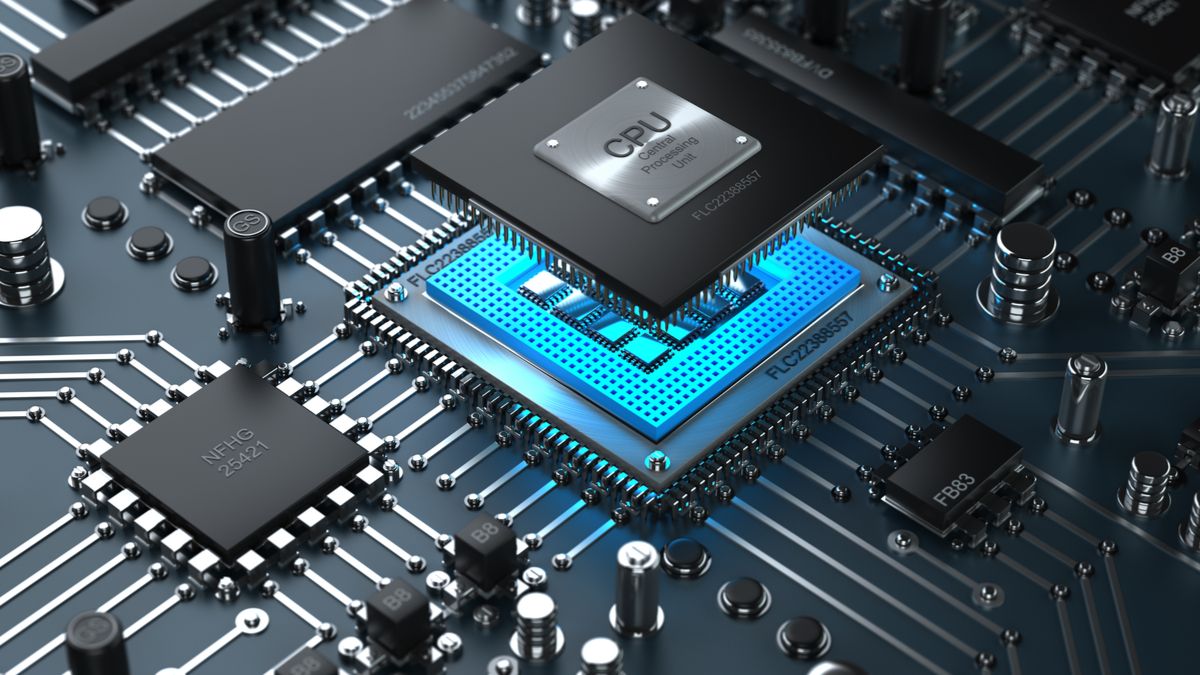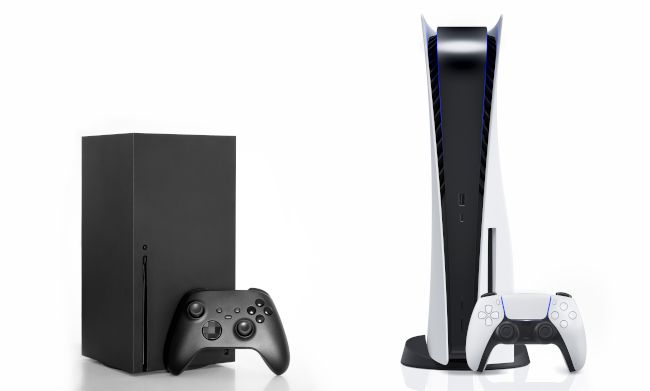Quick Links
Common wisdom seems to be that the quad-core CPU is dead as a viable gaming solution. Even mid-range PCs have more than four cores, but how many is the correct number when it comes to your gaming PC?
The Basics of Cores and Threads
A CPU core is essentially a complete, independent processor. A quad-core CPU effectively has four CPUs in it. Until the debut of dual-core CPUs on desktop computers, a CPU would have one core, so the term was used interchangeably with "CPU."
Today, "CPU" usually refers to the CPU package, and "core" refers to the number of independent processors within the package.
The term "thread" is short for "thread of execution" and is simply an ordered set of instructions that the CPU processes. The operating system handles the threads sent to the CPU to process. This includes both threads that the operating system requires and the software applications running on that operating system.
If you only have a single CPU core that can process a single thread, then the operating system has to rapidly rotate out which thread the CPU is currently working on. So multitasking is an illusion if you're playing music, browsing the web, and copying files in the background on a single-core computer. The CPU is just juggling the different tasks so quickly that, to our human perception, it all seems to be happening simultaneously.
However, if you have multiple CPU cores, you can process multiple threads parallel to each other, allowing for true multitasking. Most importantly, it increases processing power since each thread has access to an entire CPU instead of sharing one.
Games Have Been Poorly Threaded for Years
Apart from running multiple single-threaded applications at the same time, having multiple CPU cores makes it possible for an application to split itself into multiple threads, taking advantage of the extra processing power this allows.
The problem is that some types of applications are difficult to split into multiple threads. This means they benefit more from one or two cores at higher speeds than four or more cores at lower peak speeds.
Tasks such as using the CPU to render 3D scenes can be almost perfectly split between as many cores as you like, but video game developers found it hard to use more than two cores for a long time. This is why quad-core CPUs have been a staple gaming CPU for so long, with two cores to handle the game and the other cores to handle the operating system and other background processes.
However, the "threadedness" of video games has been improving steadily as developers get to grips with programming for multiple CPU cores. Modern game engines can " spawn" more than four threads, although there are often only one or two "heavy" threads that are limited by single-core speeds.
Consoles Have Eight Cores
One reason the question about core counts for gaming PCs comes up is that gaming consoles have more than four cores. For example, both the PlayStation 4 and PlayStation 5 have eight physical CPU cores. It follows that games developed to run on these consoles would be coded to take advantage of as many cores as possible since each individual core in a gaming console often only offers moderate performance.
Most games on PC are multiplatform releases, making consoles the lowest common denominator. The PlayStation 5 and Xbox Series consoles use PC hardware architecture, and in the case of the Xbox, we're even dealing with a somewhat modified version of Windows.
Yet games ported from these consoles to PC generally work fine on quad-core systems or the six-core CPUs that seem to be the increasingly-popular choice for entry-level and mid-range gaming systems. It should be noted that in most cases, modern games list quad-core CPUs as the minimum requirement, and minimum doesn't mean you're going to get the best performance.
Hyperthreading Muddies the Waters
In the discussion of CPU cores and threads, we have to take a moment to talk about hyperthreading. It's Intel's brand name for a technique known as Symmetrical Multi-Threading (SMT) but is often used to describe all SMT regardless of CPU brand.
With SMT, each physical CPU core presents as two "logical" cores to the operating system. Each logical core can handle two threads at the same time. The total amount of CPU power available in each core remains the same, but it ensures that the CPU is used most efficiently.
When it comes to multi-threaded games, a quad-core CPU with SMT won't perform as well as an eight-core CPU without it. However, it will perform better than a quad-core without SMT.
Almost all modern CPUs have SMT; what matters is that you remember to look at the core count and not the thread count when choosing a CPU!
Gamers Are Becoming Multitaskers
While most video games may not use more than four hyperthreaded cores, PCs do more than just play video games. Modern gamers may want to run multiple applications alongside the game they are playing. Think of applications such as Discord, streaming software, background downloads, open browser windows on a second display, and so on.
This makes it sensible to have more than four CPU cores since it leaves extra resources for non-game tasks that would otherwise share CPU resources. If you plan to run other applications alongside your video games, you'll want to consider that when choosing a CPU.
It Depends on the Type of Game
Video games have many different genres and designs, not all of which have the same CPU requirements. A racing simulation game may have many threads to simulate the various aspects of racing, such as aerodynamics, brake physics, and weather. A real-time strategy game may have many threads for AI routines powering hundreds of units in the game. Open-world games are a great use case for multiple threads since they often have multiple concurrent systems driving different aspects of the world. Even GTA V, released for PC in 2013, scales well beyond a quad-core system.
Our Recommendations
It's clear that anyone building a gaming computer for modern gaming, regardless of budget, should avoid quad-core CPUs if they want any longevity from the system. We think six-core (hexacore) CPUs are the clear entry-level choice. This provides four cores for modern games and two cores to handle non-gaming tasks without affecting performance.
Eight-core (octa-core) CPUs are your preferred target, given that this is the CPU configuration in modern consoles and will remain for years until at least the end of the PlayStation 5 and Series X|S generation.
There's also the wrinkle of Intel's hybrid CPU architecture, where high-performance and efficiency cores are combined in one CPU package. For example, the Intel Core i5-12600K offers six high-performance hyperthreaded CPU cores alongside four non-hyperthreaded efficiency cores. This means that the four efficiency cores can handle non-game applications and Windows background processes, while the game has exclusive access to those fast cores.
Going beyond eight high-performance cores isn't something we'd recommend purely for gaming. These are better if you're also someone who does video editing renders or other non-gaming workloads that scale well on as many cores as you can throw at them.




